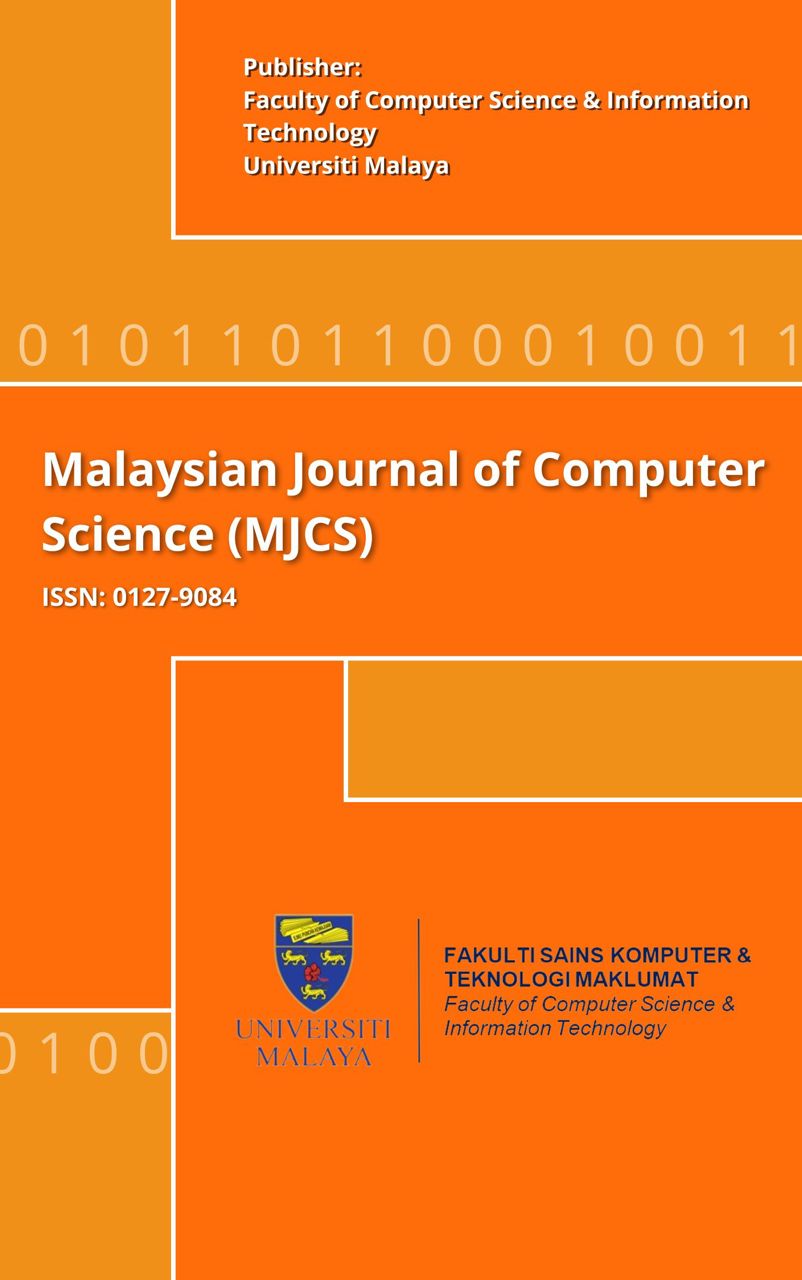SCREENING TEST ON DYSCALCULIA LEARNERS TO DEVELOP A SUITABLE AUGMENTED REALITY (AR) ASSISTIVE LEARNING APPLICATION
Main Article Content
Abstract
Dyscalculia refers to persistent difficulty in learning Mathematics without being aware of the condition. Such a condition is not easily detected and most of them would be left undetected, apart from being labelled as lazy or slow learners. Early delay places them behind in acquiring other fundamental areas of Mathematics. As such, this study identified learners suffering from dyscalculia (also known as acalculia) through screening tests for early intervention. The methodology used in this study was based on two screening tests (ST1 and ST2) conducted on learners to identify ‘student areas’ or their specific type of dyscalculia using the Dyscalculia Screening Test Instrument (DSTI) and verification of the specific types made by selected expert teachers, respectively. An early identification study on suitable assistive learning technology for these learners was performed. Prior studies reported that suitable assistive technological tools can improve the learning process of those with learning disability (LD). The findings displayed the effectiveness of the screening tests (ST1 and ST2) in detecting learners with dyscalculia, particularly in areas related to memory, abstraction, sequencing processing, motor, and visual perception. The results derived from plausible assistive digital technology revealed that visual-based fusion technology, such as Augmented Reality (AR), exposed the dyscalculia learners to experiential learning approach that made learning Mathematics meaningful.
